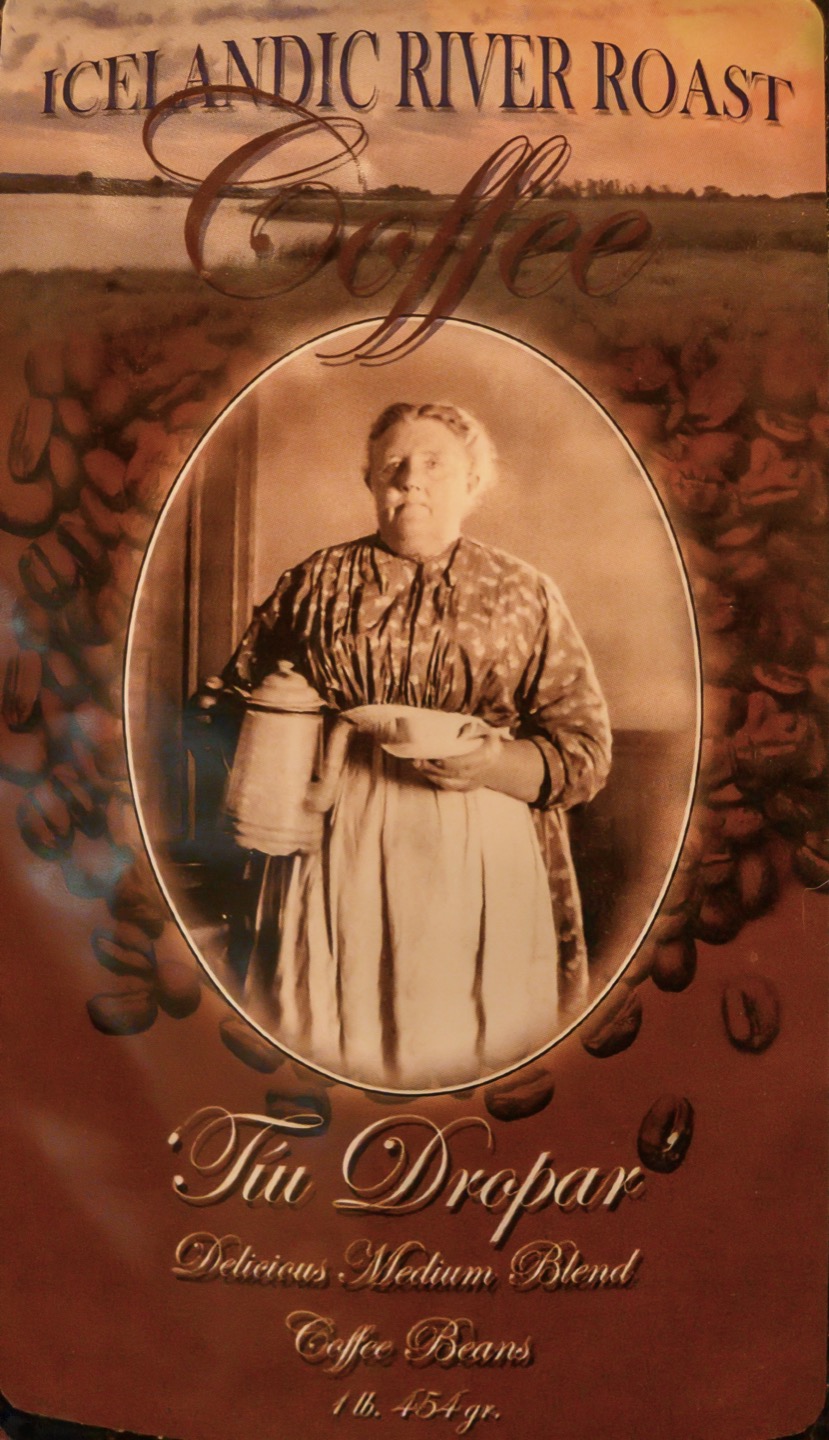- Home
- IRHS Projects
Icelandic River Heritage Sites Projects
“Many hands make light work,” sums up the philosophy of Icelandic River Heritage Sites Inc., a group of dedicated volunteers working to preserve the rich historical legacy of the Riverton area in Manitoba. With a positive “can do” approach, this group has identified an ambitious slate of objectives aimed at contributing to the area’s future while commemorating the pioneers and their achievements.
Organized on Oct. 22, 2006, the 131st anniversary of the landing of the first pioneers in New Iceland, the Icelandic River Heritage Sites group sees both great potential in the unique history of the Icelandic River area and great need for initiatives to recognize and celebrate this heritage. As the years pass and the knowledge of historic places, people, and events fades from memory, it is crucial that current generations take up the torch and pass it forward.
While Icelandic River Heritage Sites (IRHS) has a local focus and volunteer base, the scope of the group’s priority projects reaches far beyond the Icelandic River (Riverton)/New Iceland area.
Engimýri House
Engimýri Historic House & Stopping Place, built in 1900-01 and therefore almost 110 years old, is now the oldest restorable residence of its kind in the Riverton area. With a long and eventful history as both a pioneer home and a ‘stopping place’ for countless travellers and freighters, this building was for decades a centre of hospitality, fellowship, and traditional Icelandic culture.
Fagriskógur House
The oldest portion of the house from Fagriskógur is a log structure built prior to 1888 - making it one of the oldest remaining pioneer dwellings in the area. This was the home of early settlers Olafur Oddsson and Kristbjorg Antoniusardóttir, who took over this land from the first settler in 1879.
Sigtryggur Jónasson Statue
The Sigtryggur Jónasson Statue is to honour our remarkable founding father Sigtryggur Jónasson, ‘Father of Icelandic Settlement in Canada” and “Father of New Iceland’, with a seven-foot bronze sculpture - not unlike the statue of Jon Sigurdsson that stands on the grounds of the Manitoba Legislature.
The 7 foot bronze sculpture recognizing this exceptional founding father as both a “local hero” and a “figure of national historic significance” depicts him at age 23 on the occasion of his arrival at Icelandic River with the scouting party that selected this settlement in July of 1875.
Nes
Another priority projects of IRHS includes the historic Nes Cemetery on the banks of the Icelandic River. Dating from 1876 when smallpox struck the settlement - and possibly further back in time - the Nes Cemetery is the resting place of 30-40 Icelandic men, women, and children, as well as many aboriginal people.
Framfari
One of the most remarkable chapters in the saga of the Icelandic people in North America was the publication of the newspaper Framfari in a log print shop in the fledgling village of Lundur (Lundi) - now Riverton’s "East Side'.
The first issue of Framfari rolled off the press on September 10, 1877 - less than two years after the arrival of the first settlers in New Iceland and just months after the ravages of a smallpox epidemic.

